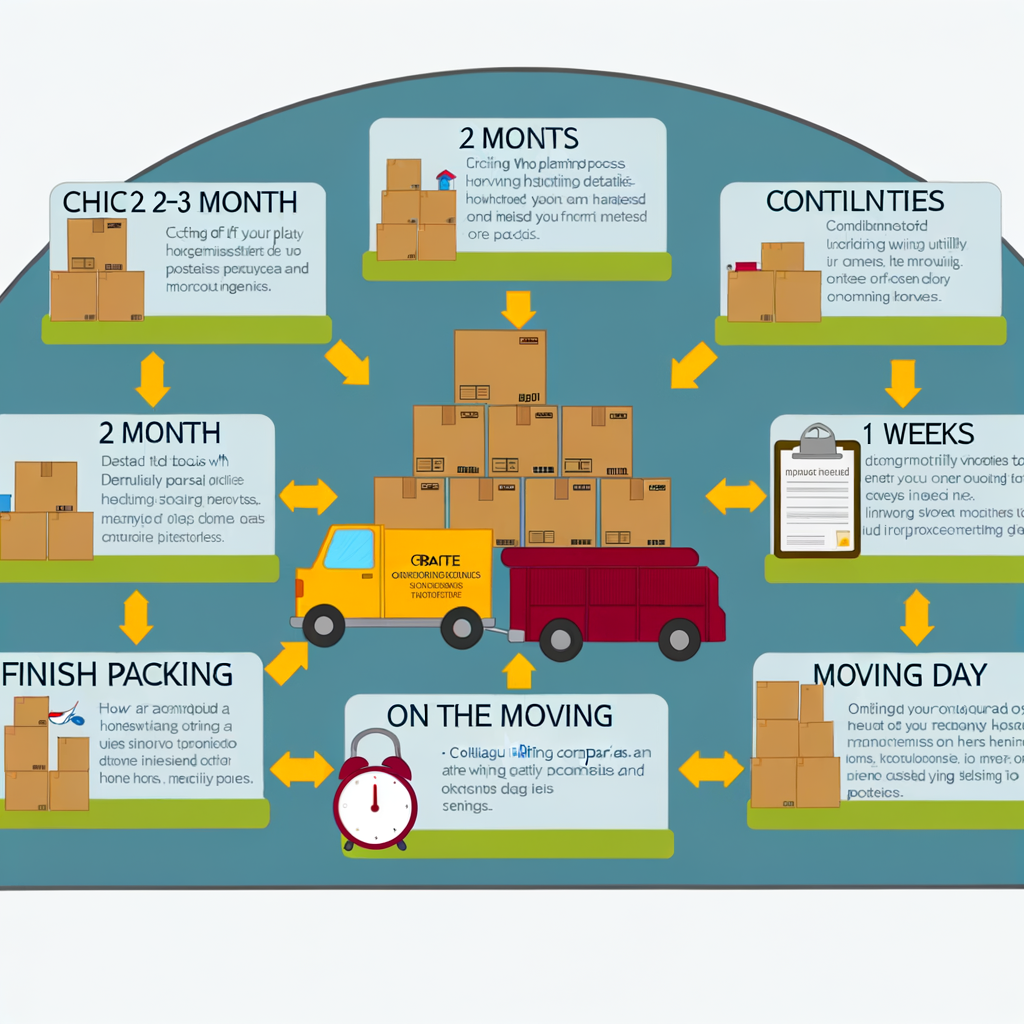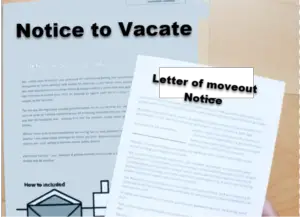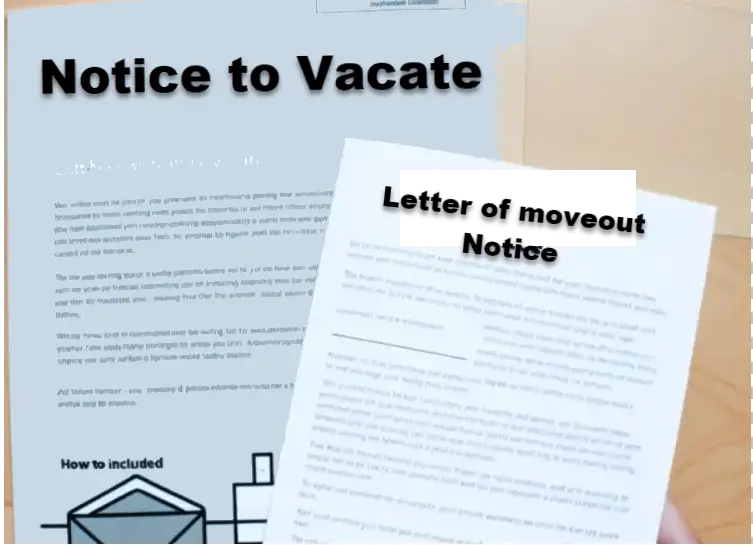Essential Timeline: When to Schedule Moving Services for Rental Transitions
Moving out of a rental property can quickly become a nightmare if you don’t plan ahead. From coordinating with movers to ensuring you get your security deposit back, every step requires strategic timing. By following a well-structured moving timeline, you can avoid chaos, unexpected costs, and unnecessary stress.
Understanding the Rental Transition Process
Rental transitions involve the process of ending one lease and, in many cases, moving into another rental property. This period requires careful planning to ensure a smooth handover between tenants. Timing is everything, as delays can result in additional costs, disputes, or even losing access to your new home.
Both landlords and tenants face challenges during this process. Landlords need time to inspect the unit, make necessary repairs, and find new occupants. Tenants must deal with packing, scheduling movers, and ensuring they meet all move-out obligations. Without a structured plan, things can quickly spiral out of control.
Ideal Moving Services Timeline for Rental Transitions
2-3 Months Before Move-Out
This is the best time to start the planning process. Begin by reviewing your lease agreement to confirm how much notice you must give your landlord. Most leases require at least 30-60 days’ notice.
Once you’ve set your move-out date, start researching moving services. If you’re hiring professional movers, book them early—especially if moving during a peak season. Get multiple quotes, compare prices, and read reviews to ensure you find a reliable company.
1 Month Before Move-Out
At this stage, confirm your move-out date with your landlord and discuss any required inspections. Begin downsizing your possessions by donating, selling, or discarding items you no longer need.
Schedule any necessary repairs to avoid deductions from your security deposit. If required, book professional cleaners. If you’re planning a DIY move, reserve a moving truck in advance to ensure availability. Start packing non-essential items to reduce last-minute stress.
2 Weeks Before Move-Out
It’s time to handle logistical details. Notify utility companies of your upcoming move and request service transfers or cancellations. Forward your mail through the postal service to avoid missing important documents.
Contact your moving company or truck rental provider to reconfirm details. Most of your belongings should be packed by now, leaving only essential daily-use items.
1 Week Before Move-Out
With only a week to go, finalize your packing. Conduct a pre-move-out inspection with your landlord if possible. This can help you address any concerns before handing over the keys.
If your lease requires professional cleaning, schedule those services now. Also, sort out moving day logistics like parking arrangements and elevator reservations to prevent delays.
Moving Day
Before leaving, double-check that nothing is left behind. Conduct a thorough walkthrough and take photos of each room for security deposit protection.
Supervise the movers to ensure all items are handled properly. Return the keys and finalize any outstanding paperwork with your landlord.
1 Week After Move-Out
Your move isn’t fully complete until all loose ends are tied up. Follow up with your former landlord regarding the security deposit. Most states require landlords to return deposits within 30 days.
Confirm that utilities have been successfully canceled or transferred. Ensure all mail is being forwarded to your new address to prevent important documents from being lost.
Factors That Can Affect Your Moving Timeline
Several factors can impact the effectiveness of your moving plan, including seasonal trends. Summer months, when most leases end, are peak moving season. Movers and truck rentals book up quickly, so early reservations are crucial.
Another issue is overlapping leases. If your move-in and move-out dates don’t align, you may need temporary storage or accommodations. Weather, unexpected repairs, or last-minute changes in landlord policies can also throw off your schedule.
Long-distance moves require extra coordination, as travel time and transportation delays can disrupt your plans. Plan accordingly and build in buffer days for potential setbacks.
Tips for a Smooth Rental Transition
Preparation is key to avoiding last-minute chaos. Start planning as early as possible to ensure everything goes smoothly. Keep important documents—including your lease agreement and moving contracts—easily accessible.
Open communication with your landlord and new tenants can help prevent misunderstandings. If possible, coordinate schedules to avoid unnecessary overlaps or vacancies.
Label all moving boxes to make unpacking easier. If your budget allows, consider hiring full-service movers who handle everything from packing to transportation.
Final Thoughts
A well-planned moving timeline ensures that your rental transition is smooth and stress-free. By breaking down tasks into manageable steps, you can minimize delays, save money, and avoid last-minute chaos.
As professional organizer Marie Kondo wisely says, “The objective of cleaning is not just to clean, but to feel happiness living within that environment.” A structured moving plan helps you leave your old home in order while setting up your new space for success.
Start early, stay organized, and follow a clear schedule to ensure your move is as seamless as possible. With proper planning, you’ll enjoy a hassle-free transition into your next home.
“`













